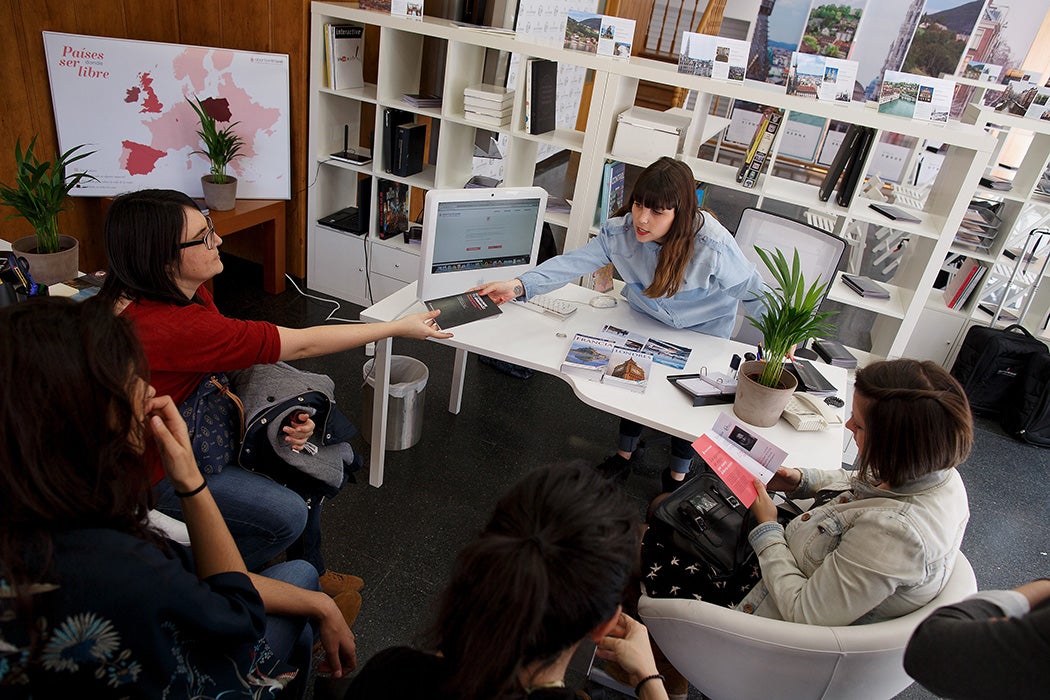The ban on abortion in Texas has thrust people in that state into a situation that’s already familiar to many in other parts of the Americas. As sociologist Naomi Braine writes, in Latin American and around the world, communities have banded together to help each other with abortion care even when it’s against the law.
Braine notes that self-managed abortion has a long history, including in the U.S. In the 1960s and ‘70s, the feminist health movement taught women to use a vacuum aspiration technique known as “menstrual extraction” to perform abortions without the help of health professionals. Since then, medical abortion techniques using the medications mifepristone and misoprostol have made self-managed abortion more accessible.
In the 1990s, people in Brazil—where abortion was, and remains, illegal under most circumstances—began using misoprostol in large enough numbers to reduce the number of complications from unsafe illicit surgical abortions. But it could be difficult to get reliable instructions for how to use the drug. In 2008, a collective in Ecuador created a hotline to share information about how to use medication for first-trimester abortion. This idea spread to other Latin American countries, as well as Indonesia, Poland, Thailand and several African countries. Feminist organizations also began posting information about how to obtain and use the drugs on the internet.
Braine likens the projects supporting self-managed abortion to the harm reduction movement that emerged among U.S. users of illicit drugs and their allies in the 1980s and ‘90s. Faced with the threat of HIV/AIDS and carceral crackdowns on drug users, activists created needle exchanges. Later, some of the same local people and groups began distributing the overdose reversal drug naloxone to drug users and community members.
Both people seeking abortions and drug users are often heavily stigmatized and criminalized. Both health issues are also relevant to specific social movements, which have provided a context and resources for developing a community-based response. In the case of harm reduction, this was militant AIDS activist groups. With self-managed abortion, it was feminist organizations.
The harm reduction and self-managed abortion movements may not look explicitly political since they don’t necessarily involve efforts to change the law or shift public opinion. But Braine argues that these autonomous health movements complement other activist work.
Weekly Digest
“While policy change and destigmatization are vital, they are generally long term projects that do not immediately reduce health risks or enhance autonomy,” she writes.
Braine writes that both movements demedicalize care, empowering marginalized people. Self-managed abortion “positions women as persons with the knowledge and authority to make decisions about their own bodies, sexuality, and reproduction, which continues to be a contested claim even in contexts where abortion is legal,” she writes.







